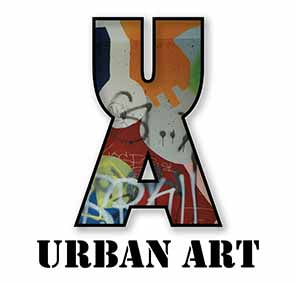In early February, I had the opportunity to visit the High Museum of Art in Atlanta, Georgia. My original plans were to fly to NYC to see the Edward Hoppers, New York, show, but the trip to Atlanta involved a museum I had not visited, so off I went.
As is my habit, before visiting the High Museum, I looked through their website to get an idea about their collection, exhibitions, and museum size. I like to get a sense of what a museum offers, but I have learned not to judge a book by its cover! In the case of art museums, I understand I shouldn't prejudge based on the highlights of their collections. Another trap is to believe the size of the museum complex will make a difference in the quality of the art it houses.

An example of a small museum with a small building is the Swope Art Museum in Terre Haute, Indiana. The Swope has some lovely art pieces, including works by Edward Hopper, Thomas Hart Benton, Grant Wood, Andy Warhol, and Robert Motherwell.
The problem with collection highlights is they are often based on popular works or big names, but they are not always the most interesting pieces of art to the seasoned museum visitor. I wasn't overly excited when I looked through the highlights of the High Museum collection. But I am glad I didn't let my first impressions stop me from visiting.
The High Museum is an excellent half-day museum, meaning you can get through it in a reasonable amount of time without the hassles of a larger museum like the Metropolitan Museum of New York (the Met). I went to the Met for a day and barely made a dent in two collections. Additionally, I often had trouble seeing the art at the Met due to large crowds.

My sister Debbie, who worked in an art museum for several years, shared that museum collections often rely on art donations and loans. When looking at donated collections, it often reflects the donors' tastes. For example, if the majority of donors tend to collect 19th-century art, the museum may have a weak contemporary art collection but a strong 19th center collection.
True, art museums purchase art, but donations and loans are a big part of what you see in many museums. The next time you visit an art museum, read the labels to see how many pieces of art you are looking at were donated or are on loan.
Sometimes it will be whole art galleries on loan or donated. Newfields, in Indianapolis, has an marvelous and extensive African collection donated by the art collectors, Mr. and Mrs. Harrison Eiteljorg. The couple gifted the majority of the pieces in the Newfields collection.
Those from Indiana are probably familiar with the Eiteljorg name, as they also created a museum dedicated to Native American artwork and culture in downtown Indianapolis. We are fortunate to these generous collectors in Indiana.
In mynext blog I will write about my visit to the High Museum. They had an exciting show, and I want to share some of my favorite pieces with you.



1 comment
Love the blog